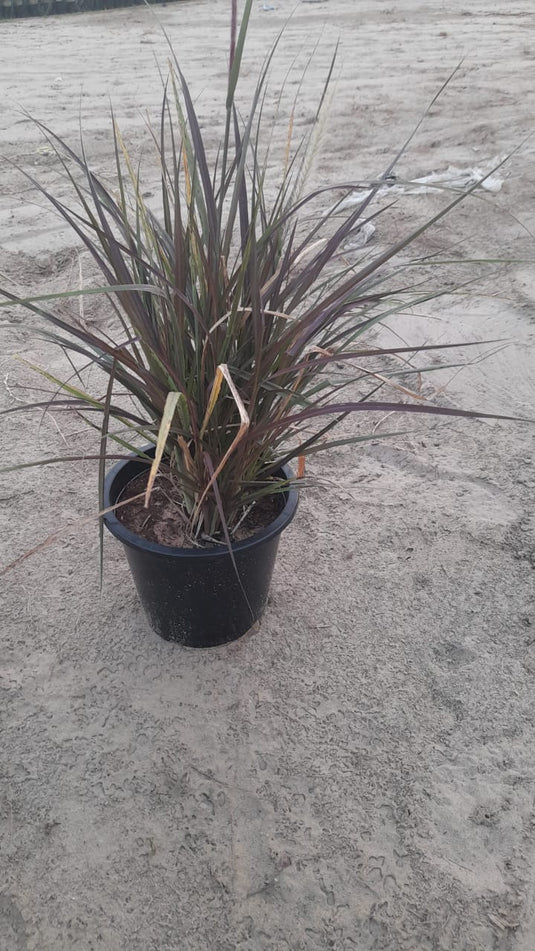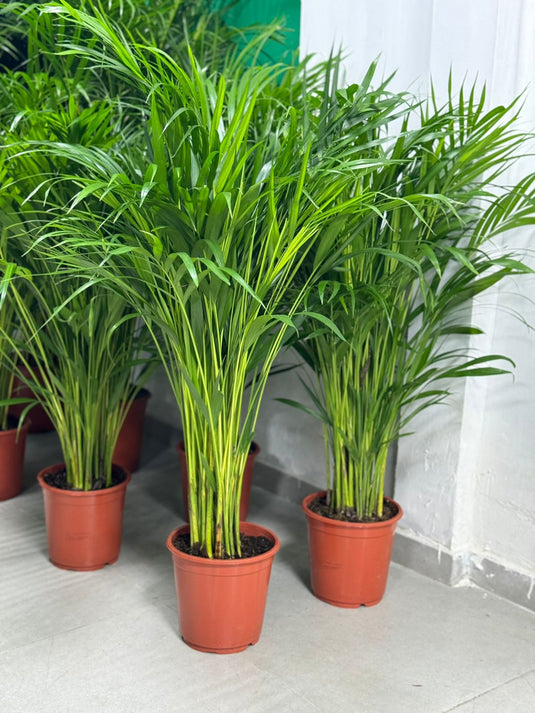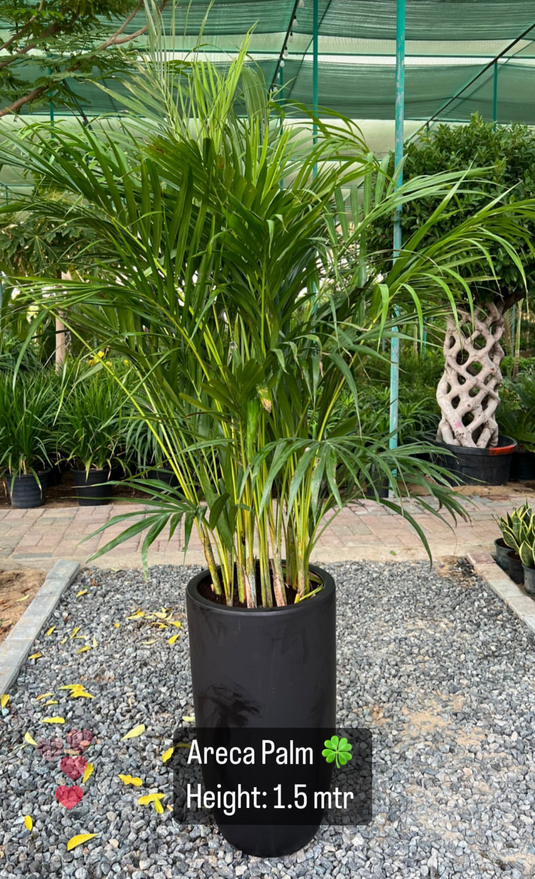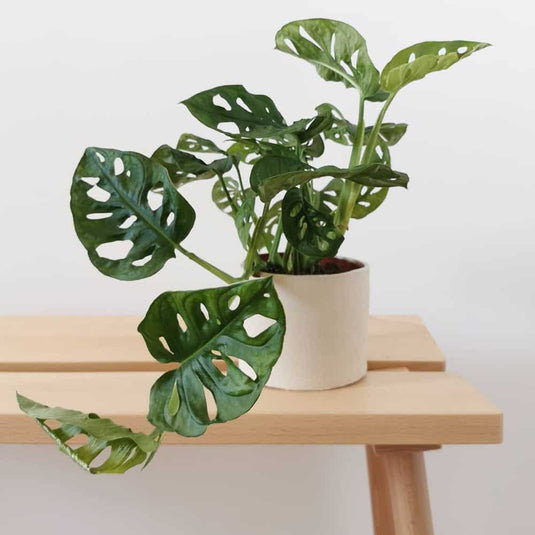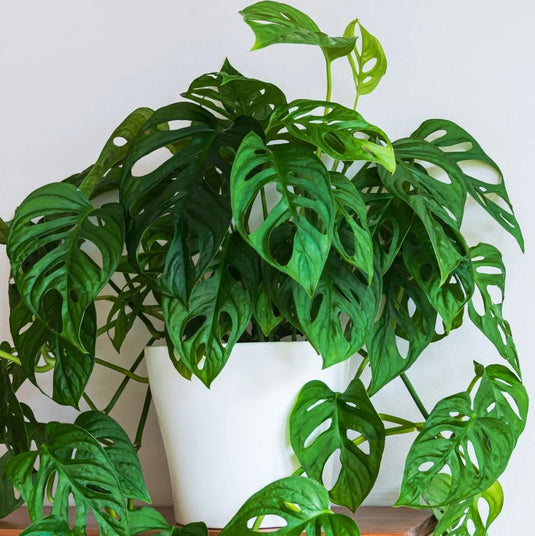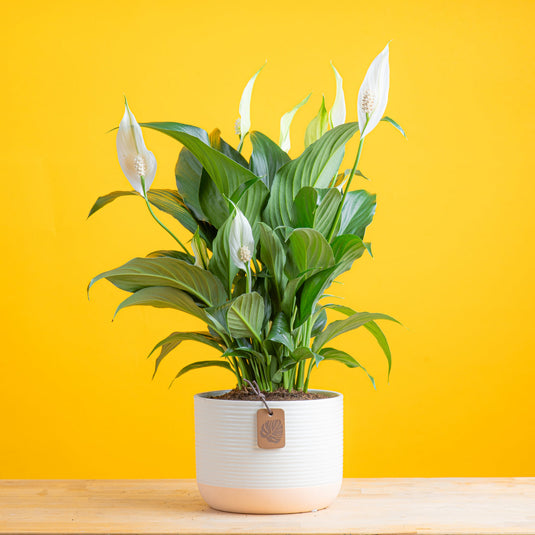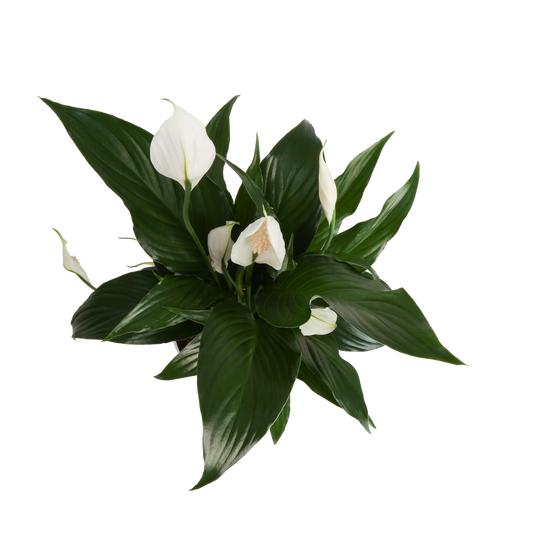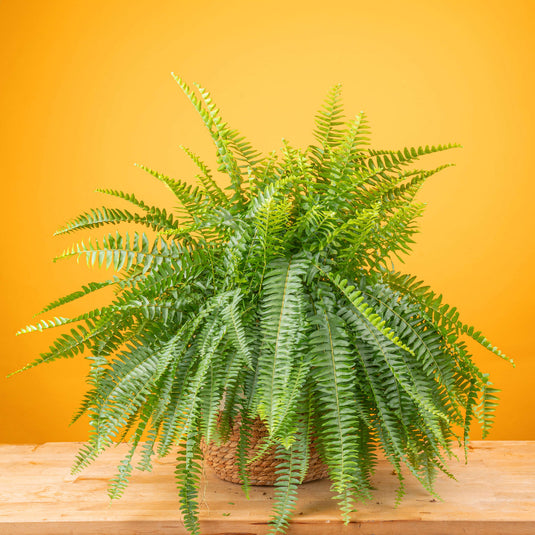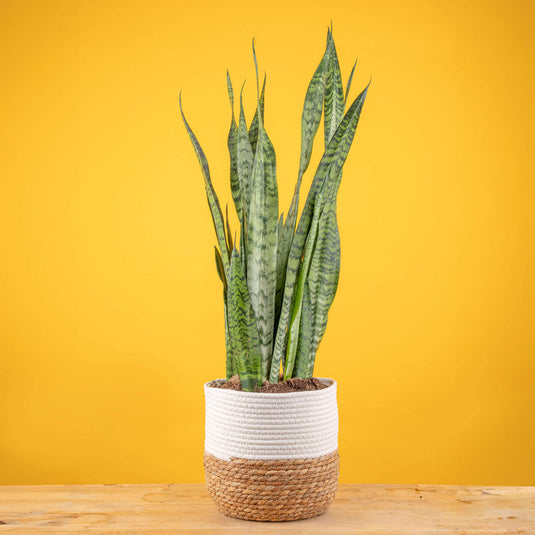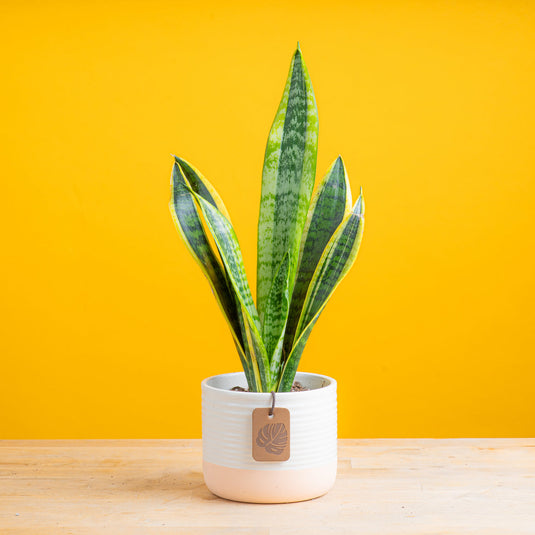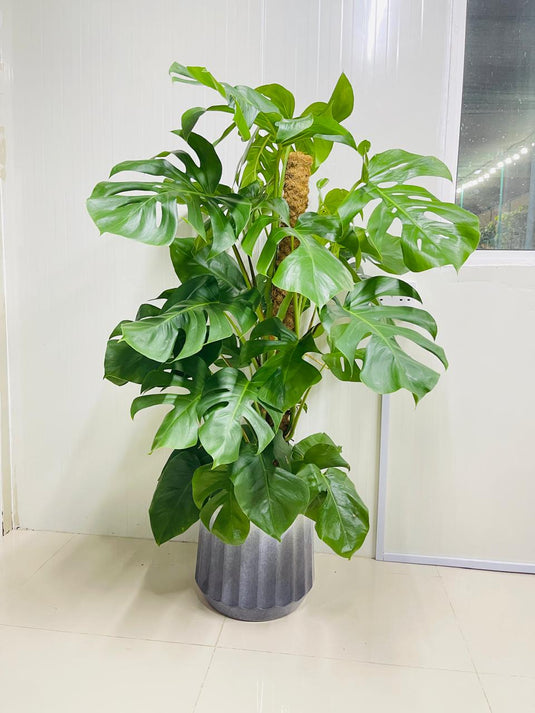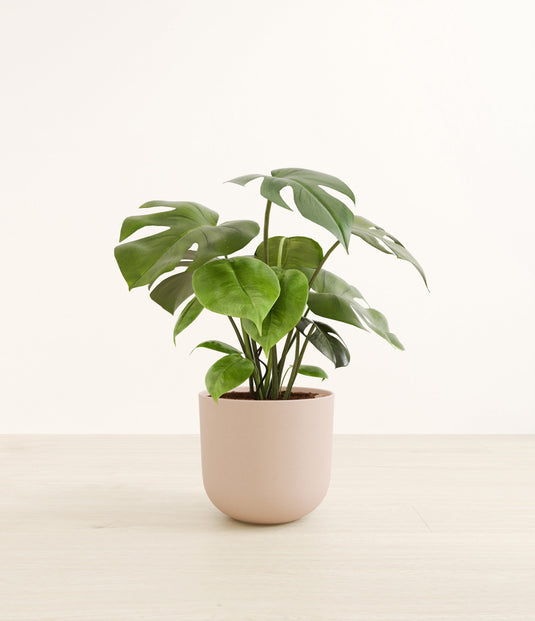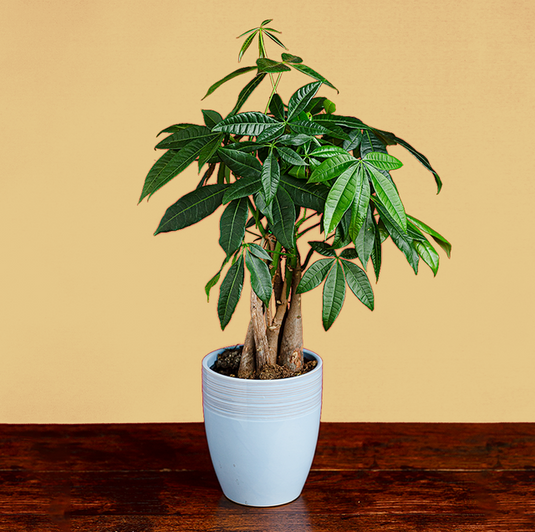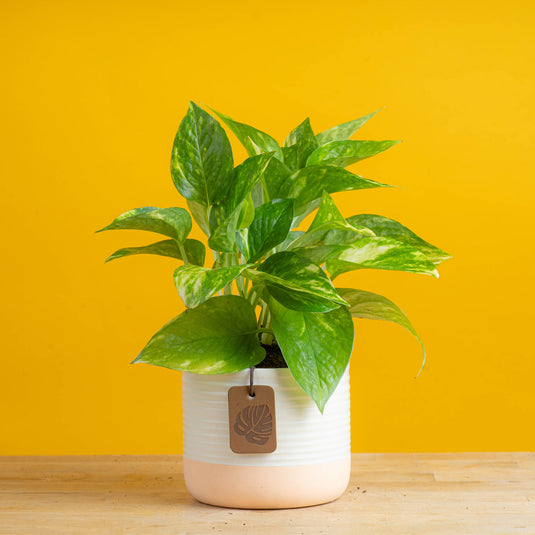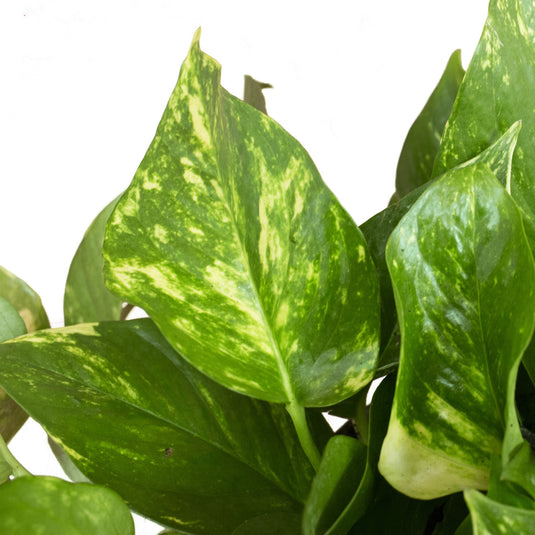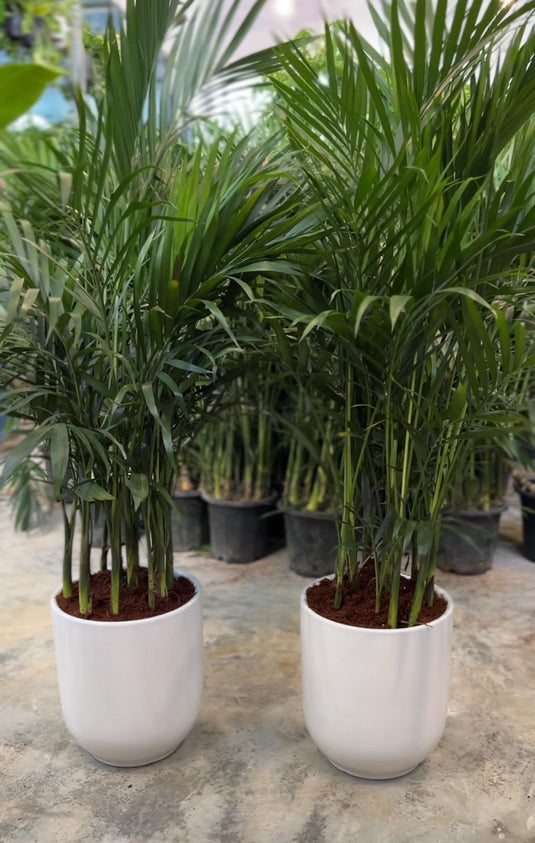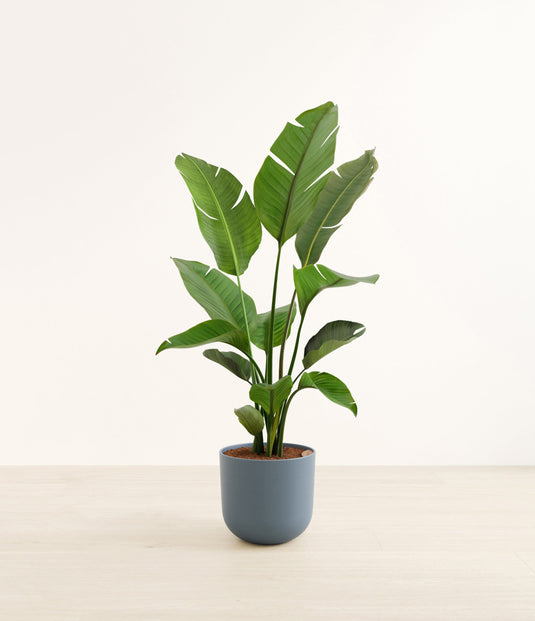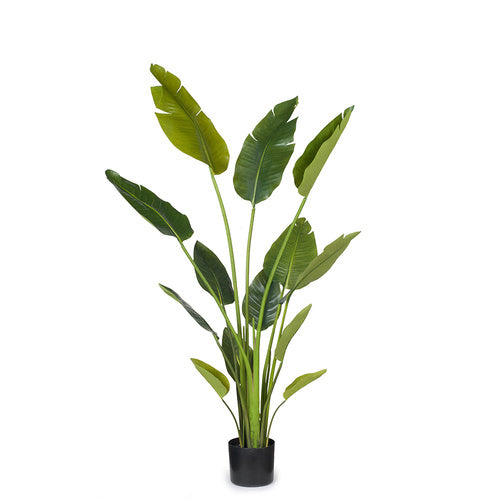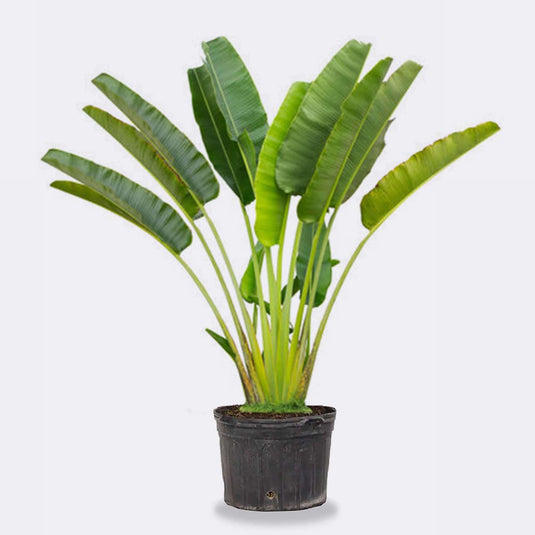Red Fountain Grass
- Healthy Arrival Guarantee
- Free Plant Care Consultation
- Safe & Secure Payment

We will send you a notification as soon as this product is available again.
-
Estimated delivery: Dec 27 - Dec 31
-
Free return within 7 days of purchase.
Plant Description
Red Fountain Grass is a perennial ornamental grass known for its attractive red-tinted plumes and lush green foliage. The global market for ornamental grasses, including Red Fountain Grass, is projected to reach USD 1 billion by 2030, driven by its popularity in landscaping and garden design.
5 Important Benefits of Red Fountain Grass
1. Aesthetic Appeal
Red Fountain Grass is widely recognized for its striking appearance, characterized by feathery, burgundy-colored flower spikes that add visual interest to gardens. Studies have shown that ornamental grasses significantly enhance landscape aesthetics (Johnson et al., 2020).
2. Drought Resistance
Research indicates that Red Fountain Grass exhibits good drought resistance, making it suitable for xeriscaping and low-water gardens. A study by the University of California demonstrates that drought-tolerant plants can significantly reduce water usage (University of California, 2021).
3. Soil Erosion Control
The root system of Red Fountain Grass helps stabilize soil and prevent erosion in garden beds. According to the Soil Conservation Society, deep-rooted grasses are effective in reducing soil loss on slopes and in disturbed areas (Soil Conservation Society, 2019).
4. Low Maintenance
Studies suggest that Red Fountain Grass requires minimal maintenance compared to many other ornamental plants. Its adaptability and resistance to pests make it a practical choice for busy gardeners (American Society of Landscape Architects, 2022).
5. Wildlife Habitat
Red Fountain Grass provides habitat and food for various pollinators and wildlife. Research highlights that native grasses support biodiversity and contribute to healthier ecosystems (Smith et al., 2021).
Disadvantages
- Red Fountain Grass thrives best in warm climates, which may limit its adaptability in cooler regions.
- In some areas, Red Fountain Grass has the potential to spread and outcompete native species, requiring careful management.
- The flowering period of Red Fountain Grass may be relatively short, affecting its visual impact in landscapes.
- It prefers well-drained soils, which may necessitate amendments in areas with poor drainage.
- Growth habits can vary based on environmental conditions, influencing its appearance and behavior in gardens.
Frequently Asked Questions
1. Is Red Fountain Grass an attractive plant?
Yes, it is known for its striking, burgundy flower spikes that enhance garden aesthetics. Its visual appeal makes it a popular choice for landscaping.
2. Is Red Fountain Grass drought-resistant?
Yes, it exhibits good drought resistance and is suitable for low-water gardens. This characteristic makes it an excellent choice for xeriscaping.
3. Does Red Fountain Grass help with soil erosion?
Yes, its root system stabilizes soil and helps prevent erosion. This is particularly beneficial in garden beds and sloped areas.
4. Is Red Fountain Grass easy to maintain?
Yes, it requires minimal maintenance compared to many other ornamental plants. Its adaptability makes it a practical choice for busy gardeners.
5. Does Red Fountain Grass support wildlife?
Yes, it provides habitat and food for various pollinators and wildlife. This contributes positively to biodiversity in urban landscapes.
Final Verdict: Should I Buy Red Fountain Grass?
Yes, Red Fountain Grass is an excellent choice for enhancing landscape aesthetics while providing ecological benefits. Its low maintenance and drought tolerance make it a valuable addition to gardens.
Plant Care
Watering
Water your plant once a week or when the soil starts to feel slightly dry on the surface. Keep the soil consistently moist, but be careful not to overwater, as this can cause brown spots and leaf drop. If the leaves become curly or dry, it's a sign that the plant needs water. It's best to water your plant in the early morning or late evening when the temperatures are cooler. Always check the soil before watering.
Light
Provide bright indoor light or indirect sunlight for about 6 to 8 hours a day.
Temperature
Maintain temperatures between 18°C and 24°C. Avoid exposing the plant to drafts, as these can cause undesirable temperature fluctuations. Mist the plant occasionally, about twice a week, to help maintain optimal humidity levels.
Fertilizer
Apply liquid fertiliser every 15 days when the plant is actively growing. For best results, use Folikraft ready-to-use Indoor Plant Food.
